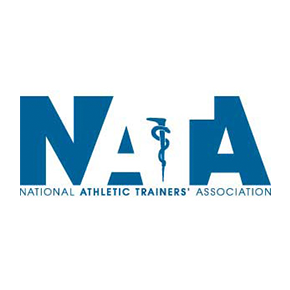For the first month, you will likely be in a short leg cast and instructed not to bear any weight on your foot. Your physician will want to you keep a full range of motion in your knee and hip, so you can exercise these joints by simply bending and straightening them 10 to 15 times, three times per day. You will be given permission to wiggle the toes and perform straight leg raises (lying on your back, using the muscles in your upper leg to raise the leg six to eight inches off of the floor).
As you pass the one-month mark, you will be permitted to bear weight on the foot as pain permits, using crutches until you can walk without a limp. You will be able to begin ankle pumps (moving the ankle back and forth) and tracing letters of the alphabet with your ankle. You will begin to work on balancing exercises, such as standing on the injured leg with the knee slightly bent, for 20 to 30 seconds at a time. Stretching of the back of the lower leg will be very important, as will strengthening the tissues on the bottom of the foot by crunching a towel or picking up marbles with your toes.
When you pass the two-month mark, you will be given an ankle brace to wear during your exercises and you will be expected to perform harder exercises such as calf raises, leg curls, leg extensions and lunges. Balancing exercises will get progressively harder (standing on one leg with eyes closed or on an uneven surface such as foam). You will be able to begin riding a stationary bike or swimming in the pool.
At three months, a walking progression can be implemented, and you should be able to discontinue use of the brace around month four. As strength and range of motion improve, you will be allowed more freedom in your activity; however, you will not be permitted to participate in contact sports for approximately six months.
(This answer provided for NATA by the King College Athletic Training Education Program.)
Continue Learning about Joint Health
Important: This content reflects information from various individuals and organizations and may offer alternative or opposing points of view. It should not be used for medical advice, diagnosis or treatment. As always, you should consult with your healthcare provider about your specific health needs.




